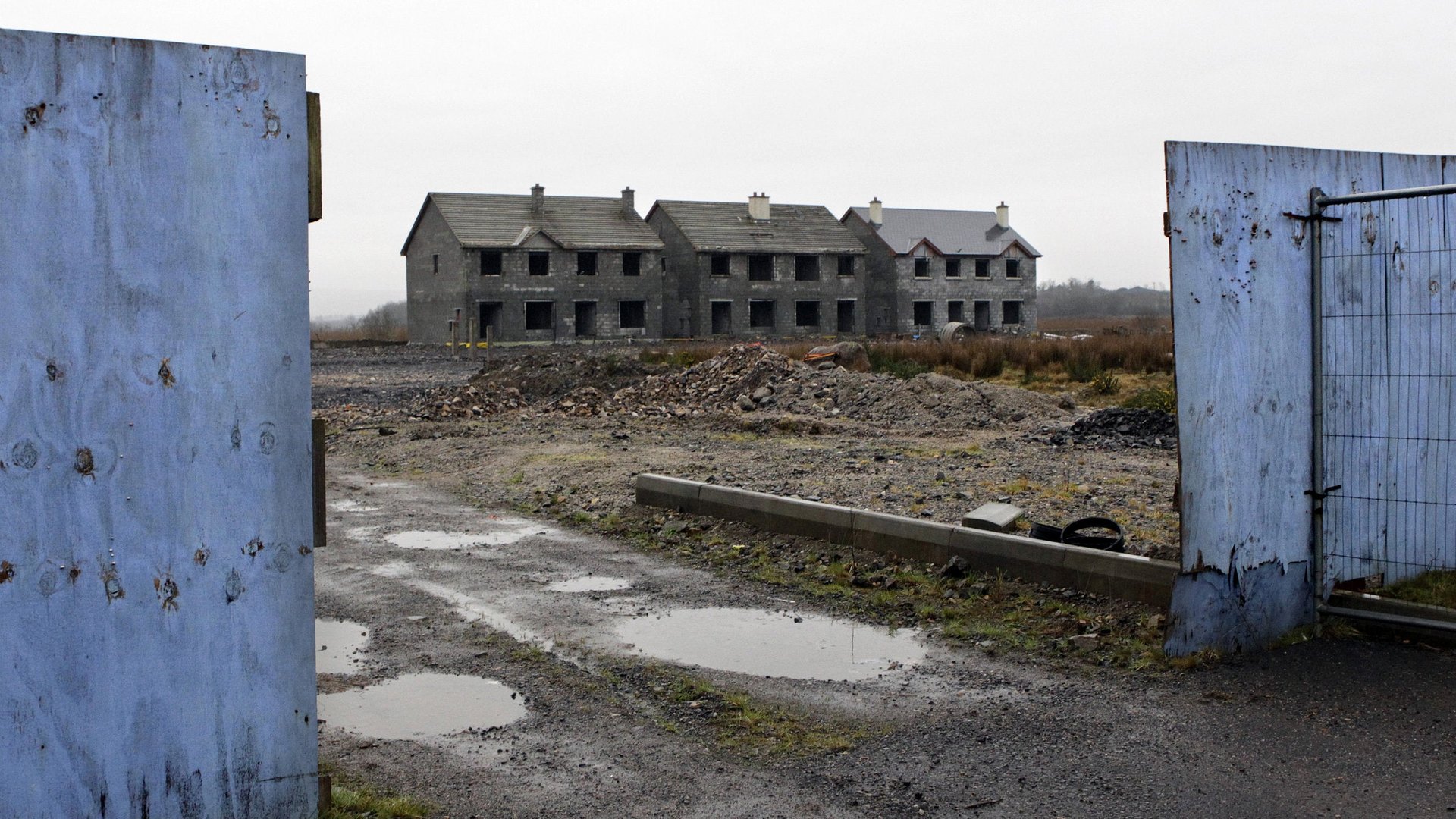Is a “bad bank” run by bad bankers?
Around the world, financial firms have carved out special units to deal with their most toxic assets. These so-called “bad banks” (or “non-core” divisions, to use less coarse terminology) house lousy loans and problematic property portfolios quarantined from viable core businesses. The managers in non-core units are charged with selling off these assets for as much as they can, as fast as they can. Analysts at RBS reckon that big European banks still need to shed some €440 billion ($596 billion) in assets to meet new regulatory requirements.


Around the world, financial firms have carved out special units to deal with their most toxic assets. These so-called “bad banks” (or “non-core” divisions, to use less coarse terminology) house lousy loans and problematic property portfolios quarantined from viable core businesses. The managers in non-core units are charged with selling off these assets for as much as they can, as fast as they can. Analysts at RBS reckon that big European banks still need to shed some €440 billion ($596 billion) in assets to meet new regulatory requirements.
The thing is, some distressed debt investors tell Quartz that it’s harder than it should be to purchase these otherwise unwanted assets. Part of the problem is that prospective buyers are sitting on huge piles of cash. Putting this money to work in hard-hit European markets isn’t as daunting as it once was, so sellers can take their time auctioning their cast-offs as increasing competition among investors boosts prices.
But another reason, investors say, comes down to the people working in the banks’ non-core units. Once these workers sell the assets they’re charged with disposing of, they’re out of a job. Thus, they drag the sales process on for as long as possible. For banks, this means that their balance sheets are weighed down by dud debts longer than strictly necessary, which consumes scarce capital and management attention.
For sellers of distressed debt, setting clear targets and timelines is the best way to avoid this temptation among staff, according to Ajay Rawal, a managing director at Alvarez & Marsal, a consultancy that has helped set up private and public bad banks in Greece, Ireland and Spain, among other places. Making “explicit market statements about what has to be achieved and when” is important, he says. After all, staff have little incentive to do more than they’re asked, given that this will only hasten the day that their department disappears. Deutsche Bank says it will cut €40 billion from the €60 billion in risk-weighted assets in its non-core operations unit by the end of 2015. Spain’s state-backed bad bank, with some €50 billion in assets, aims to reduce its size by 44% by 2017, and will liquidate itself entirely in 2027.
Rawal takes issue with the claim that all bad bank staff are only interested in self-preservation. “At the start, this is one of a bank’s most pressing problems, so they put some of their best people on it,” he says. The experience these managers gain chasing delinquent payments, restructuring complex securities, and bargaining with potential buyers gives them handy experience that can be applied in other parts of a bank when the non-core unit is wound up.
The state-backed, standalone bad banks might be a different story. Funded by taxpayers, the scrutiny on pay and bonuses is severe, so the monetary incentive for employees to go above and beyond is perhaps not as strong as at an institution with more leeway. And there is also no “good bank” to return to once the job is done. “I think it will take longer to work these out than people have anticipated,” says Rawal.